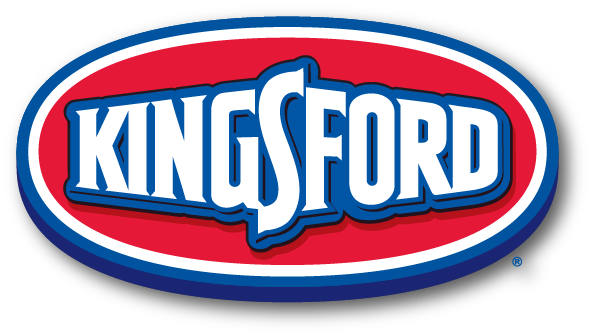Think of this as your charcoal reference manual — how much to use, heat ranges, and a simple visual guide to popular charcoal arrangements.
How much charcoal should I use?
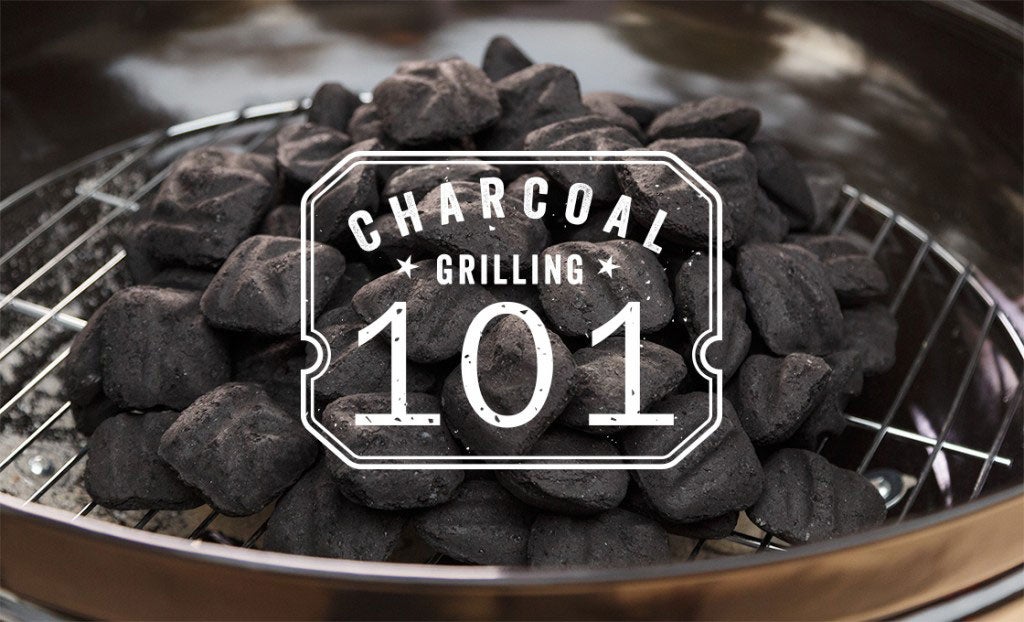
The answer to this lies in what you are cooking, how much you are cooking and how hot you want the BBQ.
If you need high heat, you’ll want a full chimney. If you want lower heat, then there’s no need to fill the chimney all the way and wait for the heat of all those coals to dissipate. Below are some guidelines. These numbers are based on the capacity of a standard charcoal chimney, available at most hardware stores, which holds about 100 briquets.
- High heat232°C to 288°C1 full chimney
- Medium heat176°C to 232°C½ to ¾ full chimney
- Low heat121°C to 176°C¼ full chimney
Keep in mind, maximum temperature and the length of the cook depend on how you spread out the coals. If you spread the lit coals in a thin layer across a larger area, temperatures will be lower and the heat will dissipate faster. If your layer is deeper and the coals are more concentrated, temperatures will be higher and stay hot longer.
Exactly how hot are the coals?

The most accurate way to gauge temperature is with a thermometer. However, if your cooker does not have one built in, you can use the hand test. Simply hold the palm of your hand about 5 to 6 inches above the BBQ grate. Leave it there until you have to pull it away. The number of seconds you can keep your hand there gives you an indication of how hot the coals are at the grate.
- High heat232°C to 288°C2 to 4 seconds
- Medium heat176°C to 232°C5 to 6 seconds
- Low heat121°C to 176°C8 to 10 seconds
What is the best way to arrange the coals for cooking?
The answer depends on what you’re cooking. See below for basic and more advanced configurations.
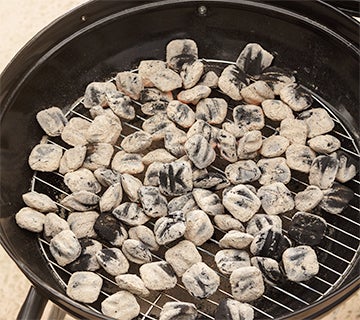
Direct-heat barbecuing
Coals are spread out in a single layer across the bottom cooking grate. Ideal for high-heat cooking and thin cuts of meat. Unless you absolutely need the entire BBQ space, it’s still best to leave a void zone. Read more about direct-heat barbecuing
- High-heat 232°C to 288°C
- Coals needed: 1 whole chimney, about 100 briquets
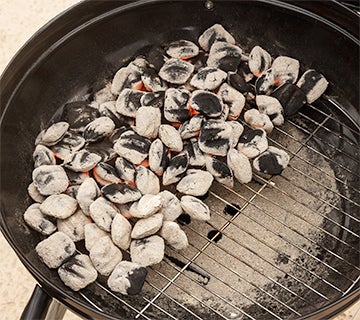
The two-zone fire
Your go-to configuration for almost everything. Coals spread out over half the BBQ, leaving the other half empty. Gives you all the advantages of direct heat for searing and the flexibility of indirect heat for cooking slowly or managing flare-ups. Ideal for steaks, chops, bone-in and boneless chicken cuts, and seafood. Read more about the two-zone fire.
- High-heat 232°C to 288°C
- Medium-heat 177°C to 232°C
- Coals needed: ½ to 1 whole chimney, about 50–100 briquets
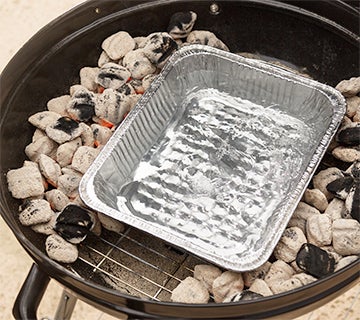
Two-zone fire: parallel configuration
Coals spread along either side of the BBQ, with an empty space down the center. Ideal for smoking and low-temperature cooking of larger roasts, whole chickens and turkeys. Read more about the parallel configuration.
- Low-heat 121°C to 177°C
- Coals needed: 1 whole chimney to start, about 100 briquets. Additional coals later.
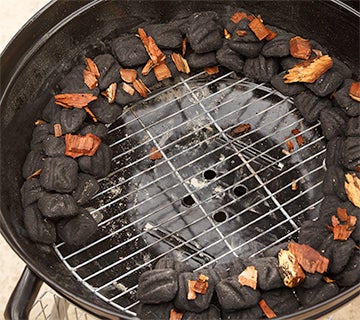
The charcoal snake
Unlit coals and smoke wood are arranged in a circle around the inside edge of your BBQ. A few lit coals are added to one end of the snake, which burns slowly over several hours. Read more about the charcoal snake.
- Low-heat smoking 107°C to 121°C
- Coals needed: 100 unlit coals, six to eight lit coals to start the snake. Additional coals later.
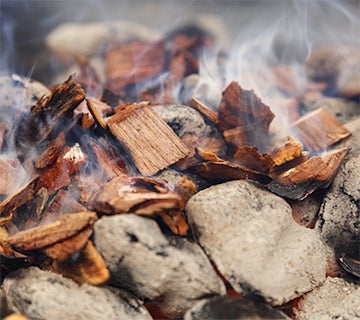
Smoking
Smoking is a low and slow cooking method where meats are cooked over indirect heat at low temperatures for hours at a time. Hardwood chunks or chips of wood soaked in water are added to lend smoke aromas and flavors to the meats. There are several different types of smokers available, but all use indirect heat. Read more about smoking techniques.
- Low-heat smoking 107°C to 121°C
- Coals needed: Fill your charcoal bed with unlit coals, and add only a few lit coals to start the process.

Size matters. Small, portable or hibachi-style grills need much less charcoal to obtain high temperatures.
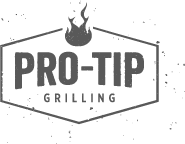
Big birds like turkeys and large roasts cook best using an indirect cooking method like the parallel configuration or the charcoal snake.
